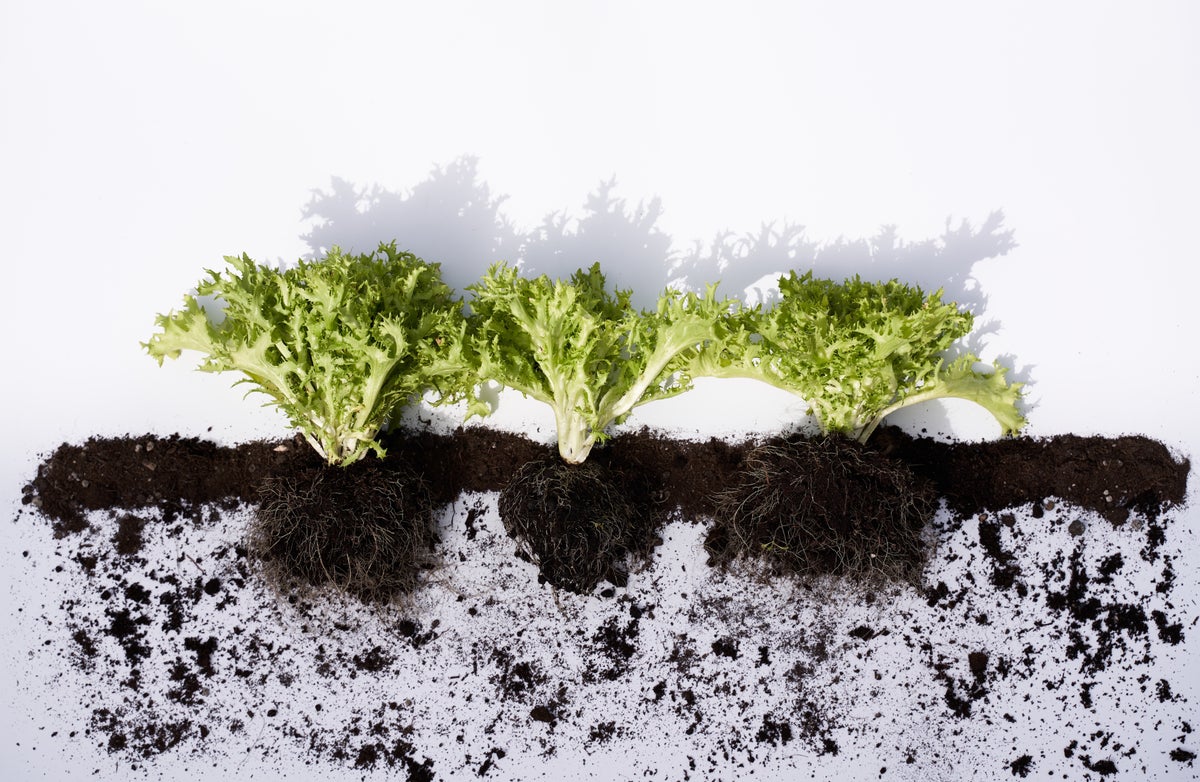Now Reading: Microplastics Found in Food via Plant Leaves: Study
-
01
Microplastics Found in Food via Plant Leaves: Study
Microplastics Found in Food via Plant Leaves: Study

Rapid Summary
- Microplastics Absorption by Plants: Plant leaves can absorb airborne microplastics, potentially introducing these particles into crops and, eventually, the human food chain.
- Pathways of Entry in Plants: Microplastics enter leaves via small openings (stomata) or the outer layer (cuticle). They accumulate in hair-like structures called trichomes or travel through plant systems that transport nutrients and water.
- Higher Exposure Observed Outdoors: Plastic concentrations were considerably higher (10-100 times) in vegetables grown outdoors compared to greenhouse crops.
- Study Results from Tianjin,China: Lettuce leaves exposed to air showed 7-10 nanograms of polystyrene nanoplastics per gram of dry weight. Airborne uptake appears more efficient than soil or water absorption pathways.
- Ecological and Health Implications: Limited understanding exists on how microplastic exposure affects humans. Concerns include plastic accumulation in tissues like the brain and placenta. Long-term health effects such as breathing issues and inflammation remain under study.
- Call for Precautionary Measures: Researchers stress reducing plastic use until more conclusive findings emerge.
Indian Opinion analysis
Li et al.’s research highlights a potential but overlooked pathway for microplastic contamination through airborne entry into plants. For India,this study presents critical environmental challenges as agriculture constitutes a notable portion of national livelihood and human sustenance. Increased outdoor crop exposure to plastics could compound risks not just for farmers but also consumers across urban and rural areas.
India faces ongoing waste management issues with unregulated burning or improper disposal practices contributing to airborne pollution-a recognized source of microplastic contamination here globally highlighted by Li’s findings.Additionally, gaps identified by researchers resonate with India’s own struggles regarding scientific data collection on contaminants affecting agricultural output.
Proactive steps such as curbing single-use plastics production might align well with sustainable agriculture initiatives already underway nationwide like zero-budget farming/how emissions reunderstood climate ecosystem crucial maintainating safetyential-foodavelength major masses+cro























